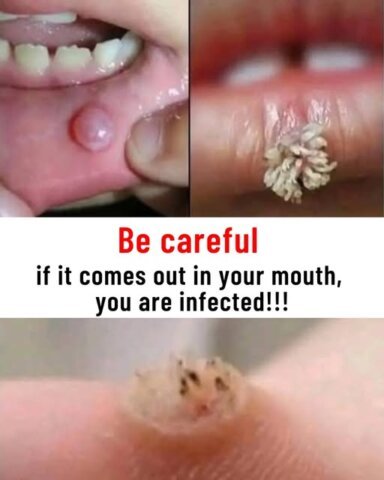
Be very careful if it comes out in your mouth, you are infected
Common Virus, Common Problem
Cold sores—painful, fluid-filled blisters caused mainly by the herpes simplex virus type 1 (HSV-1)—are more than just a nuisance. Highly contagious, they spread through kissing, shared utensils, and even towels. Symptoms begin with tingling, followed by blistering, rupture, and scabbing. Triggers include stress, sun exposure, hormonal shifts, and weakened immunity.
Managing the Outbreaks
Though incurable, cold sores can be managed with antiviral pills like valacyclovir, topical creams, pain relievers, and moisturizing balms. Preventative steps include avoiding contact during flare-ups, using lip sunscreen, and maintaining overall health.
Could There Be a Deeper Connection?
Recent studies suggest cold sore-causing viruses might play a role in more than just skin flare-ups. A groundbreaking 2019 study linked Porphyromonas gingivalis, a bacterium found in gum disease, to Alzheimer’s disease—highlighting toxic enzymes called gingipains that may spark the brain changes seen in dementia.
Infection Before Memory Loss
The researchers discovered gingipains in the brains of people who hadn’t yet shown symptoms, suggesting the infection could precede cognitive decline. A compound called COR388 showed promise in reducing inflammation and amyloid-beta in mice.
Hope in New Frontiers
While early-stage, this research opens the door to rethinking Alzheimer’s not just as a degenerative disease—but potentially an infectious one.






